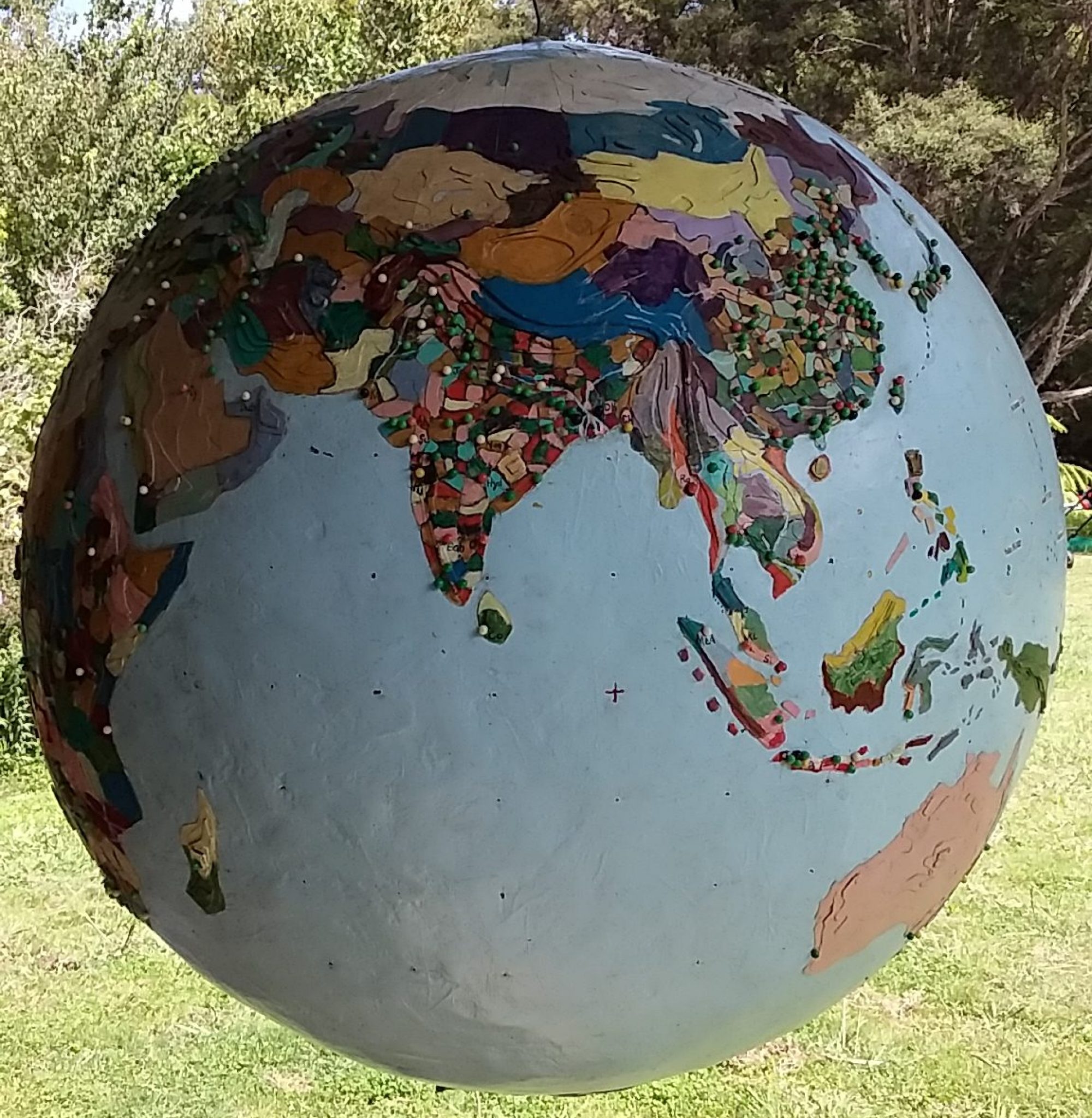According to Wikipedia, Jewish geography is a popular “game” sometimes played when Jews meet each other for the first time and try to identify the people they know in common.
Depending on your definition, there are between 14 million and 20 million Jews worldwide. One-third in Israel, one-third in the United States and the remainder spread throughout the rest of the world. One third of the US Jewish population lives in New York.
David Friedman, the new US ambassador to Israel, is an orthodox Jew from New York, a bankruptcy lawyer and a business associate and personal friend of Donald Trump.
Friedman, who is a fluent Hebrew speaker, owns a home in Talbeyeh, a neighbourhood in Jerusalem from which Palestinians were expelled in 1948, and is known for his support of the more extreme elements of Israel’s settler movement.
Friedman was an active fundraiser for and donor to Ateret Cohanim, a far right Israeli group which settles Jews in key locations in East Jerusalem, and the president of the American Friends of Beit El, a settlement of religious extremists on unlawfully seized Palestinian land near Ramallah.
Friedman joined the Trump election campaign as an advisor on Israel. Fiercely opposed to a Palestinian state, he erased any mention of a two-state solution from the Republican platform.
Five former US ambassadors to Israel, two of whom were Jewish, wrote to the Senate committee urging them to block President Trump’s nomination of David Friedman because his “extreme views, divisive rhetoric and dangerous positions … would undermine our national security by further inflaming tensions in the region”.
Ron Dermer, the Israeli ambassador to the United States, was born in Miami Beach where his father and brother were both mayors. Dermer, an orthodox Jew, moved to Israel in 1996 and gave up his American citizenship to become the Israeli economic envoy to the US before becoming Israel’s ambassador there in 2013.
Dermer is reputedly the closest senior advisor to Israel Prime Minister Benjamin Netanyahu and played a key role in having Netanyahu address the US Congress on Iran – famously without President Barack Obama’s prior knowledge.
Donald Trump’s son-in-law, Jared Kushner, also an orthodox Jew, is a New York real-estate investor and developer. The designer of Trump’s online campaign, Kushner managed to assemble a presidential campaign on a shoestring budget which won the election for his father-in-law.
Kushner a long-time family friend of the Netanyahus, is reported to have negotiated directly with Lockheed-Martin (the world’s largest arms manufacturer) on behalf of the Saudis when they turned up at the White House this year (2017) with a shopping list for planes, ships and precision-guided bombs.
Speaking in Riyadh, President Trump described the common cause of the US and Saudi Arabia as fighting the “threat” posed by Iran. There was no mention by Trump of the economic reliance of the US and its “51st state” Israel on the arms trade.
In 2007, Israel handled 10 percent of the arms and security trade and 2014 was the world’s sixth largest arms exporter – not bad for a country with 0.1 percent of the world population.
After signing the biggest arms deal of all time in Saudi Arabia ($US110 billion) President Trump took the first direct flight between Saudi Arabia and Israel (the two countries do not have diplomatic relationships).
The Saudi arms deal was about providing work for the US military-industrial complex and would have had the blessing of Ron Dermer, David Friedman, Jared Kushner and Benjamin Netanyahu.
A few days earlier, 30 C-170 military aircraft arrived in Israel laden with vehicles and military equipment for Trump’s visit and 233 rooms in Jerusalem’s King David Hotel were occupied by Trump’s entourage. Trump’s suite was built to withstand virtually any threat, including building collapse.
The planes that took down the World Trade Centre in New York on September 11, 2001, were not hijacked by Iranians – they were flown into the Twin Towers by Saudi Arabians.
Iran being used here as a bogeyman by Trump and Netanyahu to justify the Saudi arms deal.
